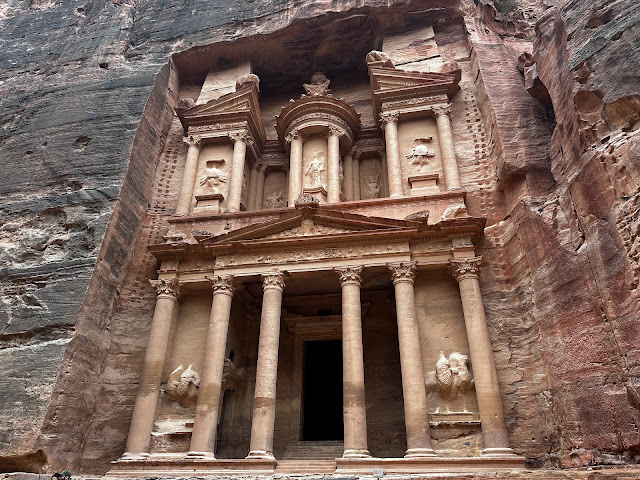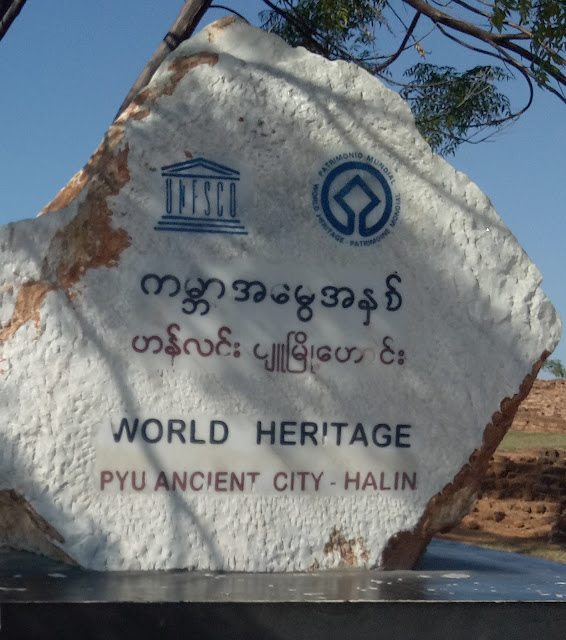The Amman Citadel in Jordan
The Amman Citadel is an archeological site located in Amman, the capital of Jordan. It is considered to be among the world’s oldest continuously inhabited places, beginning from the Pottery Neolithic Period (5500 BCE – 4500 BCE), followed by the Chalcolithic Period (4500 BCE – 3300 BCE), the Bronze Age (3300 BCE – 1200 BCE), the Iron Age (1200 BCE – 539 BCE), the Persian Period (539 BCE – 332 BCE), the Hellenistic Period (332 BCE- 63 BCE), the Nabataean Period (312 BCE – 106 CE), the Roman Period (63 BCE – 324 CE), the Byzantine Period (324 CE – 635 CE), the Umayyad Period (661 CE – 750 CE), the Abbasid Period (750 CE – 969 CE), the Fatimid Period (969 CE – 1171 CE), the Ayyubid Period (1171 CE – 1263 CE), the Mamluk Period (1250 CE – 1516 CE), all the way up to the Ottoman Period (1516 CE – 1918 CE).
Currently, majority of the structures still remaining within the Citadel belong to the Roman, Byzantine, and Umayyad periods. These incudes the Temple of Hercules, a Byzantine church, and the Umayyad Palace.
The Temple of Hercules which is considered to be the most significant Roman
structure within the Amman Citadel. Dedicated to a supreme Roman deity, it was
constructed when Publius Julius Geminius Marcianus was the
governor of the Province of Arabia (161 CE – 166 BCE), in honour of the co-emperors of Rome, Marcus
Aurelius and Lucius Verus. The structure is believed to have been constructed
on top of an earlier temple associated with the Ammonite god Milkom. It is believed that a second Roman
temple was constructed in the north of the Citadel site, at the highest point
of the acropolis before the mid of 2nd Century CE. However, its’
materials were subsequently used in the construction of the Byzantine Church
within the Citadel, around the 6th Century CE.
The ruins of the 2nd Century CE Temple of Hercules at the Amman Citadel
Behind the temple are fragments of a colossal partly stone
statue, identified as Hercules. The statue is
estimated to have been over 12 to 13 meters in height, making it one of the
largest statues from Greco-Roman times. The sheer size of the statue resulted
in the temple being attributed to Hercules (who was renowned for his physical
strength). Probably destroyed by an earthquake, only three fingers and an elbow
of the statue remains today.
The fragments of the colossal statue of Hercules behind the temple The three fingers and the elbow of the statue of Hercules
The Roman Theater located at the foot of Jabal Al-Joufah, on a hill opposite the Amman Citadel, was also constructed during the same time the Temple of Hercules was built. The theater with a seating capacity of 6,000 viewers was built in honour of the Roman Emperor Antoninus Pius (138–161 CE).
 |
| The Roman Theater in Amman |
The Byzantine church
which remains within the Citadel is believed to have been constructed around
550 CE. Today, only the pillars, the floor plan and some mosaics of the
original structure remains.
The ruins of the 6th Century CE Byzantine church
Constructed during the 7th and 8th Century CE, the structures which form part of the Umayyad Palace are some of the best preserved within the Amman Citadel. Majority of the buildings within the original palace complex was destroyed by an earthquake, with the Monumental Gateway/Entrance Hall, which was constructed around 730 CE, still remaining it good condition. Within the Umayyad complex, ruins of residential buildings and the Open Water Cistern which was used to transport water to the palace is still visible.
The entrance to the Monumental Gateway/Entrance Hall of the Umayyad Palace
 |
| The interior of the Monumental Gateway/Entrance Hall of the Umayyad Palace |
 |
| The Open Water Cistern of the Umayyad Palace |
Also located within the citadel is the Jordan Archaeological Museum which
was constructed in 1951 CE. It houses artifacts from archaeological sites in Jordan, dating
from prehistoric times to the 15th Century. CE. The most notable artifacts within
the museum collection include some of the Ain Ghazal statues, which are a number of large-scale lime plaster and reed
statues which dates back to the early Neolithic period (8000 BCE – 6000 BCE). These
statues are considered to be among the earliest large-scale representations of
the human form.
 |
| The Ain Ghazal statues in the Jordan Archeological Museum in Amman |















Comments
Post a Comment